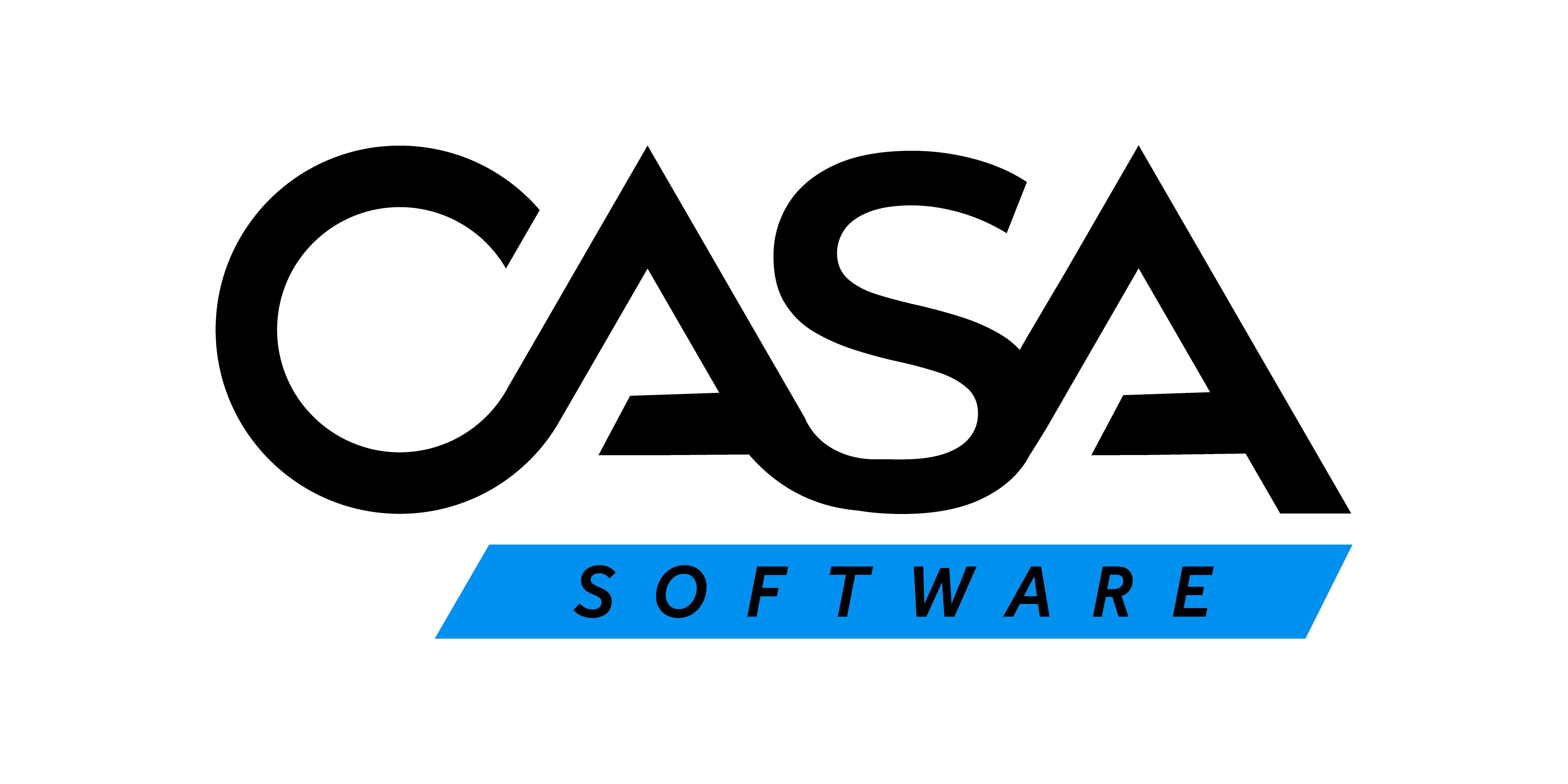According to CASA Software, test data management supports artificial intelligence (AI) and machine learning (ML) data models by ensuring data is not only high quality but preserves anonymity by removing personally identifiable information (PII).
TDM involves the creation, maintenance and use of test data sets that are representative of production data. Effective TDM ensures that test data is not only realistic but also secure and compliant with data privacy regulations. Techniques like data masking and synthetic data generation are integral to TDM, allowing teams to de-identify sensitive information while preserving its utility for testing and training AI/ML models.
TDM can support AI/ML by:
- Testing data at scale – masking offers reliable solutions for obtaining large volumes of data required by data sciences teams at scale and low cost.
- Automation – invoked through a portal or integration into CI/CD chains via APIs. This in turn delivers data on demand.
- Data sanitisation – both masked and cloned data undergo obfuscation, removing PII, making it suitable for usage in development environments.
Key TDM techniques include:
- Data masking: Obscures sensitive information to maintain privacy and compliance.
- Synthetic data generation: Creates artificial data sets that mimic real-world data.
- Data sub-setting: Provides smaller, representative samples of large data sets for testing.
“Organisations rely more than ever on quality software for digital execution. This in turn is driving increased investment and demand for continual delivery of quality applications to serve customer needs and support organisational goals,” says Greg Harrowsmith, Pre-Sales, CASA Software.
One IDC report suggests demand for software velocity (the rate of release), supported by AI and model-based testing can drive higher quality software in the market.
“Today, the ability to deliver new functionality with speed and confidence is key to building and sustaining competitive advantage. But without quality, development efforts can deliver a poor user experience, which in turn will negatively impact your brand, revenues and customer loyalty,” says Harrowsmith.
Harrowsmith emphasises testing lies at the heart of both speed and quality. “The goal is to enable rigorous testing that fits into the same sprint, while allowing stakeholders – from testers to business analysts – to remain aligned and flexible. This is a tall order because the key to success is to replace slow, manual and error-prone testing processes with powerful, model-based solutions that are data driven and supported by intelligent software solutions.
Model-based testing not only helps to solve the testing dilemma of speed versus quality but is key to boosting software development speed. “A model-based testing approach addresses the significant challenges developers and testers face when they attempt to create better software, faster. Perhaps the most significant pain points include ambiguous and incomplete requirements that impact the entire development life cycle; consequently, the problem compounds as the development process proceeds. This results in the detection of defects later in the development life cycle, when they require far more time and resources to resolve. Worst case scenario with this is the end-user experience may ultimately be compromised,” adds Harrowsmith.
He emphasises unnecessary testing and poor understanding of test coverage can lead to software that is over-tested in one area and under-tested in others. “You can also add to the list of hurdles, delays in test data provisioning, unavailable system components and lack of automation.”
So how does one test at the speed of agile?
“An automated testing and modelling solution that enables companies to build and deliver high-quality applications to market faster, at less cost, is crucial, and its available. benefits include:
- Improved quality.
- Optimised testing by getting 100% coverage with the smallest number of tests.
- Boosting of application delivery speed.
- Reduction of manual effort by automating test design and execution processes, data allocation and change implementation.
- Reduction of testing costs.
“Adopting the fail-fast approach will reduce costly rework by detecting defects earlier when they require less time, resources and money to fix,” he says.
“Contact us at CASA Software to discover just how it is possible to deliver the highest quality software crucial to your organisation’s ability to digitally execute its strategies and garner competitive advantage,” concludes Harrowsmith.
Share
CASA Software
CASA Software is a digital transformation organisation comprised of a highly skilled team of technology professionals. The company has over three decades experience in the South African and sub-Saharan ICT industry.
We help customers to transform and optimise ICT operations from mobile to mainframe, including hybrid and multi-cloud, to accelerate innovation while maximising customer value.
We partner with software industry technology leaders to enable our customers to realise the value of AI-driven operations and streamlined automation. Our solutions are designed to assist customers to securely embrace the challenges of digital transformation and the next AI driven era of computing.
Our customers include leaders in finance, telecommunications, retail, and the public sector.
Visit us online here.
